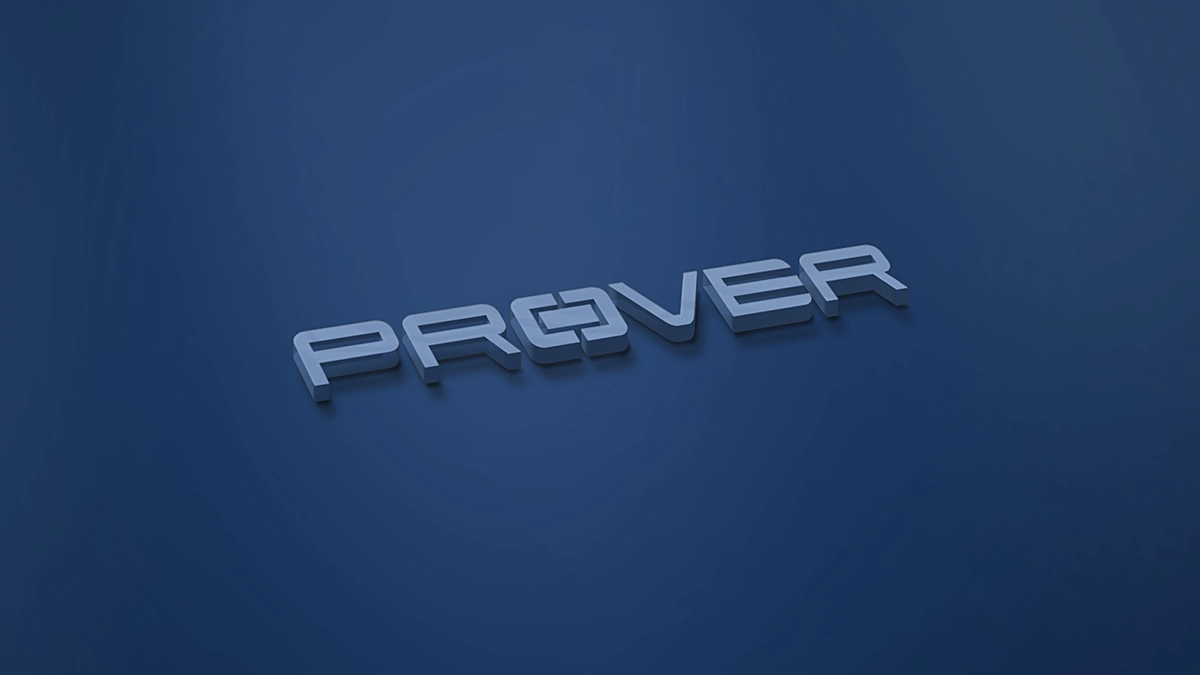
Interested in a modern interlocking design automation process? As with all investments you then need a compelling business case to justify the decision to move forward.
To build a business case, we compare traditional methods for developing signaling applications with a state of the art process based on formalized specifications and automation tools. Experience shows that using a modern Interlocking Design Automation process, you will significantly reduce time to market, reduce life cycle costs to half, and greatly simplify the safety assessment process. Here you can find out more information about Prover’s implementation of this concept, Prover Trident.
This article will not give you the whole step-by-step process on how your business case should be presented, if you want to find out more you can download our White Paper – The business case for Interlocking Design Automation.
Calculating ROI
The core part of the business case is a return of investment (ROI) calculation, comparing costs for the traditional/current process with the automated process. Some gains of the investment are however difficult to quantify in the ROI calculation and therefore the business case will also highlight additional values. Examples of such values include increased confidence in system safety and improved market positioning.
Compared to traditional signal design processes, the Interlocking Design Automation process focus more efforts on the development of a Generic Application (formalizing all design, test and safety requirements), from which Specific Applications (interlocking systems) can be generated by automation tools, Generic Products, licensed from Prover. Hence the benefits of this process increases with the number and the complexity of systems that are to be developed with the same, or similar, Generic Application, and this is a key component of the ROI calculation.
The ROI calculation is centered around analyzing the costs for the following components:
- Generic Products (License fees or internal development costs)
- Non-recurring engineering effort (Generic Application)
- Safety case
- Engineering efforts recurring for each installation, including specification, development, test and safety verification (Specific Application)
- Design changes after installation, maintenance
- Total life cycle cost
To find out more, download our White Paper on how to create a compelling Business Case here.
Share this article

Learn to build a solid safety case for rail control systems using formal verification
Fill out your information here.
More News & Articles
The Open signaling Initiative is transforming how railway and metro signaling systems are delivered.
By combining modular technology, collaboration, and open standards, it reduces vendor lock-in, cuts lifecycle costs, and creates space for innovation.
We are launching the Open Signaling Initiative. With this launch, we are helping the industry move beyond closed, monolithic systems to modular, sustainable solutions that give infrastructure managers greater control and freedom of choice.
Registration is now open for SDA Forum 2025. Join us on October 1 in Stockholm or online for a full-day conference.
This year we will focus on two key topics transforming the industry: open signaling and the increasing role of AI.


